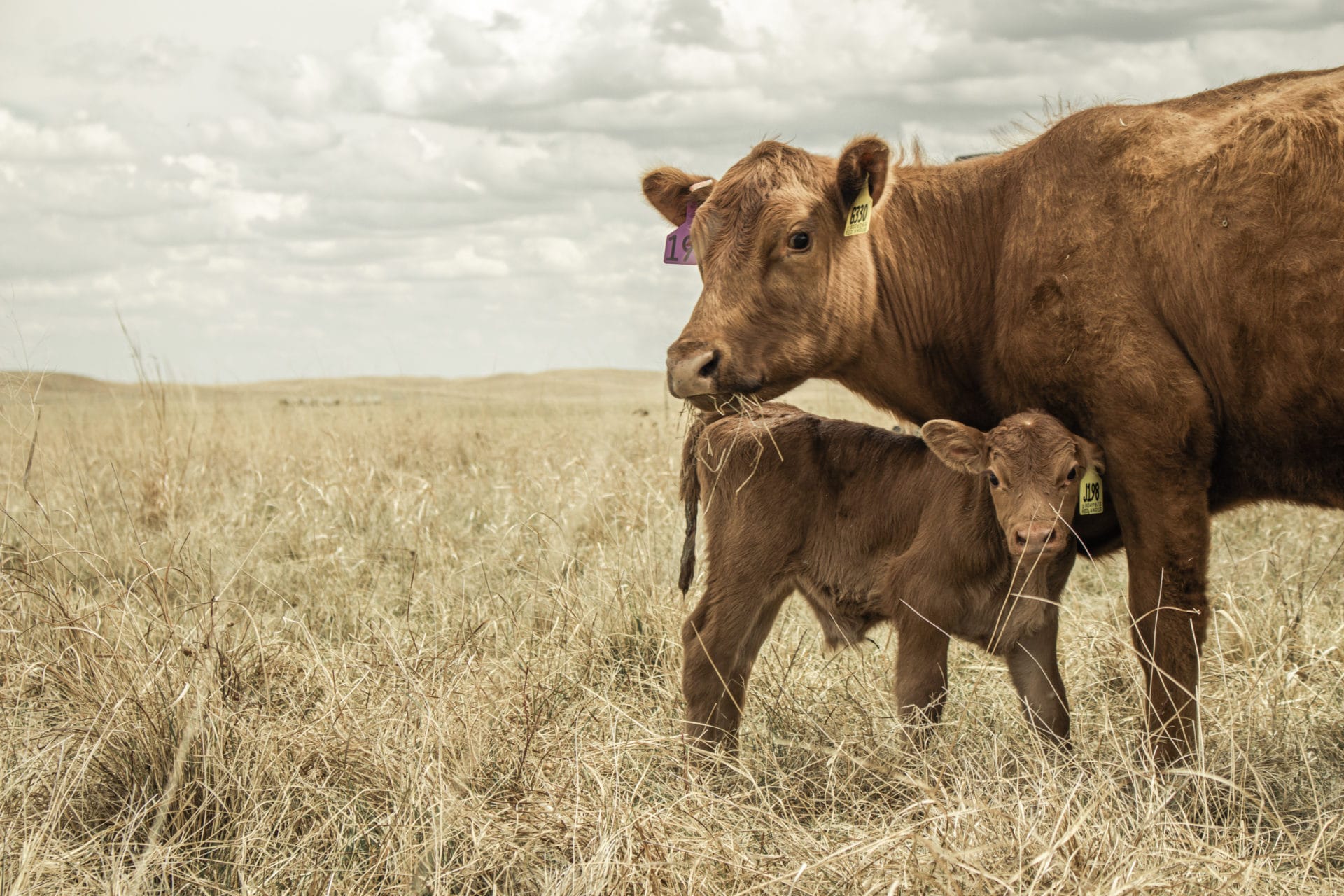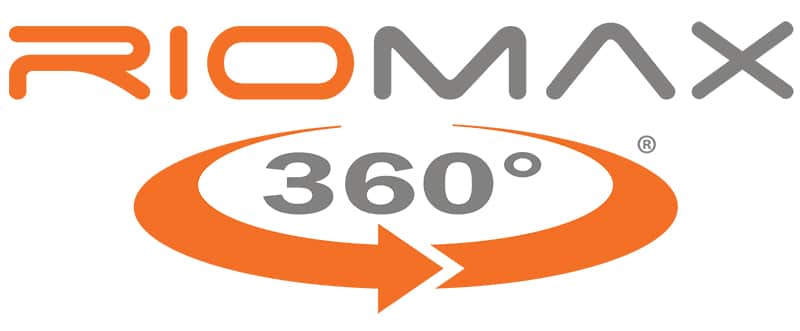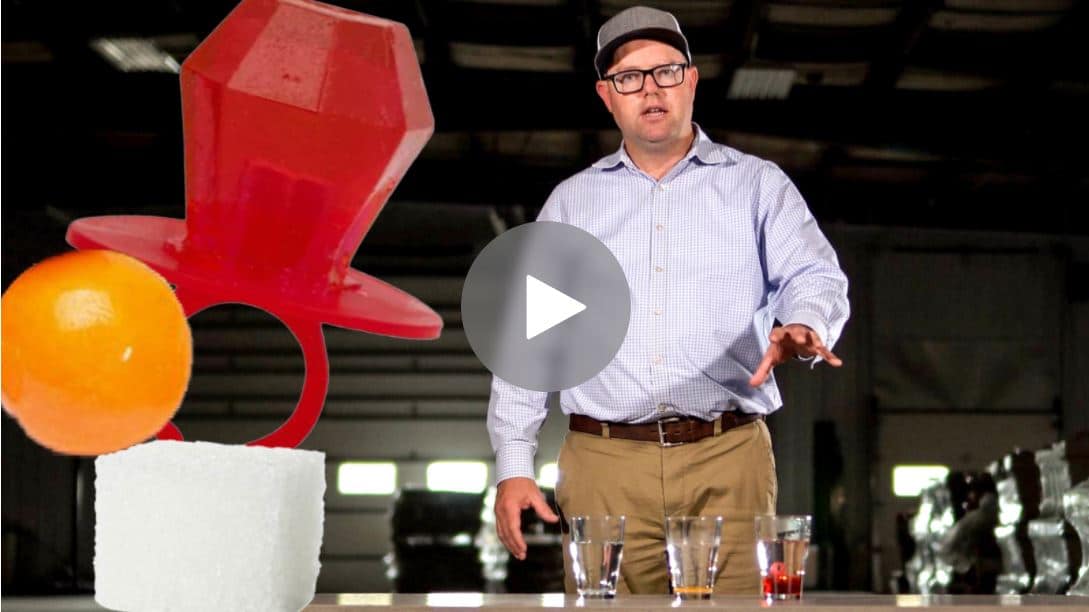Last updated on October 2nd, 2023 at 02:34 pm
The drought’s been bad, and not just this year. It’s been dry for several years and weaning weights are off. It’s time to cut deep into expenses.
Then calving season rolls around and with it, a wreck. Calves are too weak to get up and suck. Too many get sick. Too many die. And the medicine simply isn’t working.
For one particular rancher, one of the expenses that was cut was the mineral. The rancher knew minerals are necessary, but mineral is mineral, right?

Does cheap mineral help cut costs?
Not in the long run, says Dr. Jeffery Hall, technical services veterinarian with Huvepharma and former director of the veterinary diagnostic lab at Utah State University. Without adequate supplementation of a quality mineral, especially during the third trimester, a wreck could well be waiting in the wings. “The only way that calf will be born without adequate body reserves (of vitamins and minerals) is if mama ran out,” he says.
Almost 90 percent of the mineral that gets moved to the fetus occurs in the last trimester. “That is a very critical time that you have to have really good quality mineral supplementation going into the cows to make sure those calves are born with their mineral buckets full; where they have enough to get through that period when they’re not getting much in the diet but they’re still growing rapidly.”
Indeed, Hall says as ranchers go through the winter, they need to look at setting up the spring calvers to have the calves where they’ll be in good shape going into the summer. “And those people who decide to cut back on mineral are losing more money in the long run than they’re saving by either going to a low-cost mineral or no mineral supplement at all.”
That’s because all cattle mineral is not the same.
There’s a trade-off between the less expensive inorganic mineral compounds versus chelated or organic compounds. “There are things that can happen in the rumen that can tie up (inorganic) minerals where the body can never absorb them,” Hall says.
On the other hand, having the mineral bound to an organic compound allows it to survive the rumen. “So when (those minerals) reach the intestinal tract, they’re still in a form that the body can recognize, bind to and absorb.”
Calves must be born with higher body reserves of minerals than their mamas because they get very little in the colostrum. Certainly, colostrum is vital to a young calf for a variety of reasons. But mineral ingestion isn’t one of them. So if mama is deficient, baby is deficient.
“The biggest financial cost of these deficiencies is what it does to the calves,” Hall says. “Deficiencies in calves are going to cause poor growth rates.” A lot of that poor growth is because the calves get sick. “With these deficiencies, you end up with poor immune function and poor vaccine response. Because of that, you see more disease. And the first thing an animal does when it gets sick is to quit eating well and it starts to use a lot of excess energy trying to survive.”
What about vitamins?
Supplementing third-trimester cows with vitamins A and E is especially important during a drought. “Typically where we see big problems with vitamin A and E deficiency is in spring calving herds after a severe drought the summer before.”
Vitamin A and vitamin E are fat-soluble vitamins that require the intake of green vegetation, he says. Cows will store these vitamins in body fat to get them through the winter where there’s no green vegetation to eat.
“Things may have dried up in May or June and cows didn’t get anything green from that point all the way until they calved the next spring, and they just ran out of body reserves,” he says. That’s why you shouldn’t overlook supplementing these vitamins during the third trimester.
“With vitamin A deficiency, you’ll start to get poor digestive tract integrity,” Hall says. “The cells aren’t dividing as rapidly and they don’t have as tight a junction between the cells, so you’ll get a lot of opportunistic pathogens that invade.” Those calves have a high incidence of diarrhea and just don’t respond to anything you give them to treat it.
“Because of that, with severe vitamin A deficiency, you’ll see extremely high death losses in the calves. And it’s generally in the first 10 days.” A vitamin E deficiency will usually show up as white muscle disease. But white muscle disease can also be a mineral issue, so it’s important to test the livers to correctly identify the specific problem.
The economic impact on your ranch.
“What does it cost you when you have these mineral deficiencies?” Hall asks. “If you fix it, even with mild deficiencies, it’s not uncommon to see a 2 percent to 4 percent drop in the number of open cows at preg check. With more severe deficiencies, 5 percent to 15 percent,” he says. “The worst case I ever had, I had a group of cows that we improved the breed-back efficiency by 22 percent by nothing more than supplementing them adequately.”
Open cows cost money, particularly in younger cows that are more severely affected by mineral deficiencies than older cows. Those first and second calf heifers have time and money invested in them that is only recouped if they stay in the herd.
Then there’s the calves. With adequate supplementation of the cows during the third trimester, you’re going to decrease the number of sick calves in the critical days after birth. That means you decrease medicine cost, you’re treating fewer calves so your labor is less and you’re going to have more, heavier calves to sell.
“With juvenile health, you’re going to see decreased summer pneumonia. You’ll have decreased weaning health issues, decreased death loss, and medicine costs. You’re going to improve vaccine efficacy,” he says.
“But the biggest thing most producers see when they take deficient animals and put them on a good supplement, even when correcting minor deficiencies, is a 20 to 30 pound per calf increase in weaning weight averages. With major deficiencies, 50 pounds or more,” Hall says.
“Overall, changing a group of animals from being deficient to adequate (for mineral and vitamin levels) generally results in a net, not a gross, profit of $50 to $100 or more per cow. And I see it all the time.”



